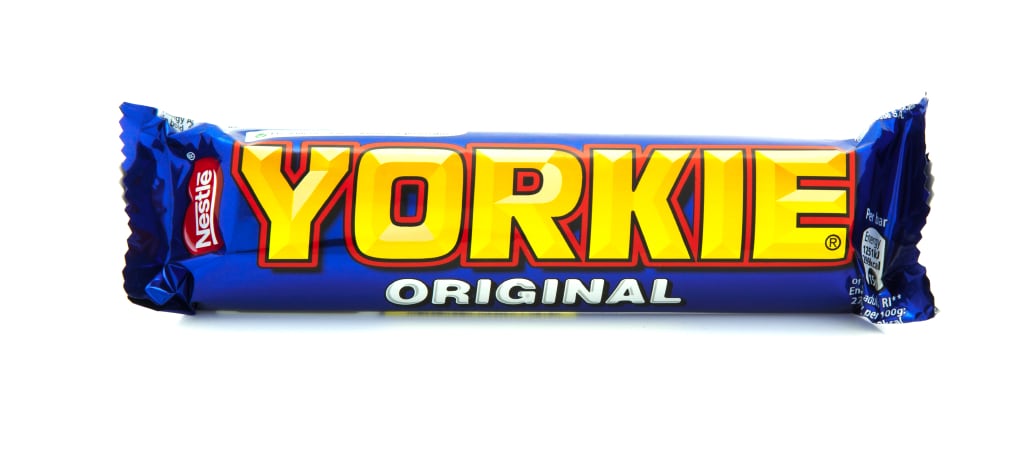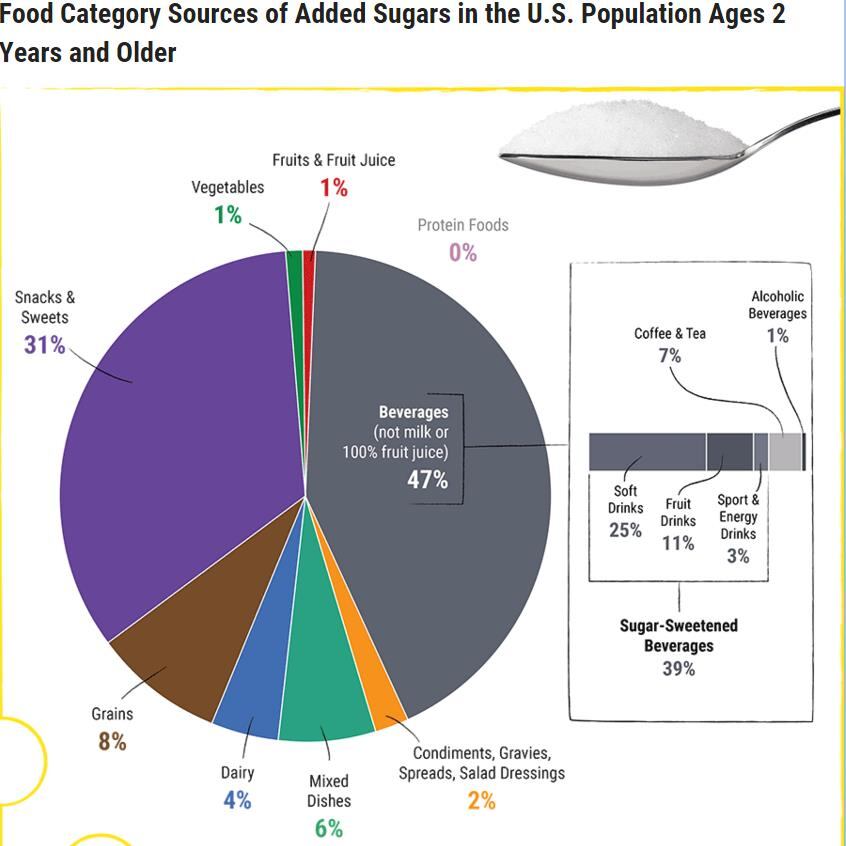Since 2009, the number three global confectioner has been renovating its confectionery products aimed at children to contain under 10.6 g of sugar per serving or below 12.5 g per serving for confectionery aimed at older consumers. It has established similar max levels across its entire product range.
The caps align with the World Health Organization’s (WHO) recommendation that no more than 10% of calories in our diet should come from free sugars (Added sugar and sugars naturally present in honey, syrups, and fruit juices).
Nestlé’s guidelines ensure a single confectionery serving accounts for below 25% of an adult or child’s recommended sugar intake per day.
The manufacturer established the level based on research into consumer eating habits, which for confections tend to be once daily at most.
‘It’s not easy’
Dr. Jörg Spieldenner, head of Nestlé’s Public Health Nutrition department, told ConfectioneryNews the investment was “very heavy” for some product categories, particularly in confectionery where consumers expect a sweet taste.
‘Rightsizing’ products

In the UK, Nestlé has reduced sugar by making products smaller. For example:
Aero
Has been cut from 41 g to 36 g for 12% sugar reduction.
Yorkie
Has been cut from 53 g to 44 g for 17% sugar reduction.
Toffee Crisp
Has been cut from 44 g to 38 g for 13% sugar reduction.
“It's not easy. It's very difficult from a technological point of view and from an education and consumer information point of view,” he said.
In some cases, Nestlé has cut sugar by downsizing products. For example it cut 5 g from UK Aero bars to reduce sugar by 12%.
In other cases it has adapted portion sizes, by for example introducing new smaller packs for Smarties in Canada. It is also exploring modifying sugar molecules in its research labs in Switzerland and York, UK, but is keeping details under wraps.
Some products remain a challenge. For example, the four-finger KitKat contains 23.8 g of sugar in a single serving (the whole bar) and changing it risks upsetting fans of Nestlé’s bestselling confection.
"In certain product categories such as confectionery and chocolate it's particularly difficult because you get to an edge where a chocolate is no longer a chocolate,” said Dr. Spieldenner.
‘Reformulating chocolate to meet nutrition goals’ - ConfectioneryNews live debate at ProSweets & ISM

Nestlé's Bianca Maria Vecchio, senior nutrition specialist, will join experts from Mondelēz, Barry Callebaut and Olam Cocoa in Cologne on Tuesday 2 February 2016 from 10:30am to 12:00 noon for ConfectioneryNews’ ProSweets live debate session ‘Reformulating chocolate to meet nutrition goals’. Please join us at ProSweets speaker’s corner for this free-to-attend event for all ISM visitors - Add to your calendar
Regulatory barriers?

Some products are excluded from Nestlé’s sugar policy when reducing sugars would mean the product fails to meet legal standards set by Codex Alimentarius or industry bodies.
The 2003 Codex standard for chocolate says products should be prepared with sugar or sweeteners, but there are no set minimums as there are for cocoa solids.
The Codex stipulates that when sugars are fully or partly replaced, the sales designation for the product should mention the presence of sweeteners – for example “X Chocolate with sweeteners”.
At the end of 2014, 95% of Nestlé’s confectionery products were below the sugar threshold and the firm says it has almost reached 100%. All Nestlé’s children’s products are now below the limit and any NPD must comply.
Salt and sugar
Nestlé’s sugar targets were set in 2009 under its Nutritional Profiling System. The sugar policy came five years after Nestlé established targets for salt.
“Salt has the strongest evidence,” said Dr. Spieldenner.
“High salt intake has an impact on blood pressure and may have an impact on cardiovascular disease… Sugar as an issue and sugar intake came up at a later stage,” he added.
Nestlé’s says in its June 2014 ‘Policy of Sugars’ that excessive intake of sugars is "associated with" an increased risk of obesity, type 2 diabetes and cardiovascular disease and says the intake of sugars is above the recommended level in many countries.
WHO recommendations
WHO’s recommendation that no more than 10% of calories per day come from free sugars translates to around 50 g of sugar for adults and children aged 9-11 and 42.5 g for children aged 4-8. It’s ‘additional benefits’ 5% level equates to 25 g of sugar for adults and children aged 9-11 and 21.25 g for children aged 4-8.
5% WHO guidance
Last year, WHO made a conditional recommendation for countries to further reduce sugar intake by advising no more than 5% of total energy intake per day come from free sugars – that equates to 25 g per day for adults.
Dr. Spieldenner said Nestlé “stood alone” among big manufacturers in welcoming WHO’s efforts to further reduce sugar intake, but it has written to the health body calling for more scientific evidence for the 5% threshold.
"It's not a question of supporting it or not, for us it's a question of scientific credibility and validity. If it's scientifically credible as we believe the 10% is… we will take that as the threshold.
“Most of the national legislations, nearly all, are still calling for 10%,” he added.
The US government recently revised its recommended added sugar (including syrups and other caloric sweeteners) intake limit to less than 10% of calories per day, down from 25% in its last recommendation, but it did not go as low as 5%.
“There are some indications of carries (tooth decay) for maybe a reduction [to 5%], but according to the real issues of sugars such as obesity and diabetes, the evidence is to our mind not very strong," Dr. Spieldenner continued.
Nestlé Nutritional Profiling System
Nestlé's Nutritional Profiling System sets criteria for six categories: energy (calories), sodium, added sugars, fructose, trans fatty acids, and saturated fatty acids
Nestlé has set different criteria for all product groups in its portfolio based on the frequency of consumption. For example, for chocolate products aimed at adults, energy should not exceed 200 kcal per serving (10% of an adults daily value) and added sugar should be no more than 12.5 g.

